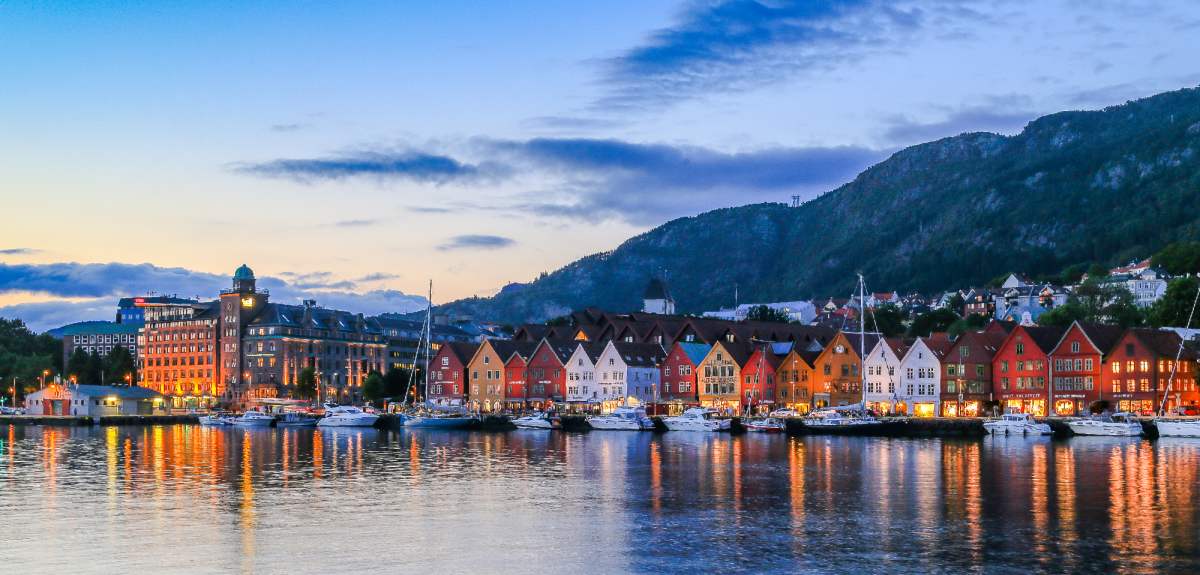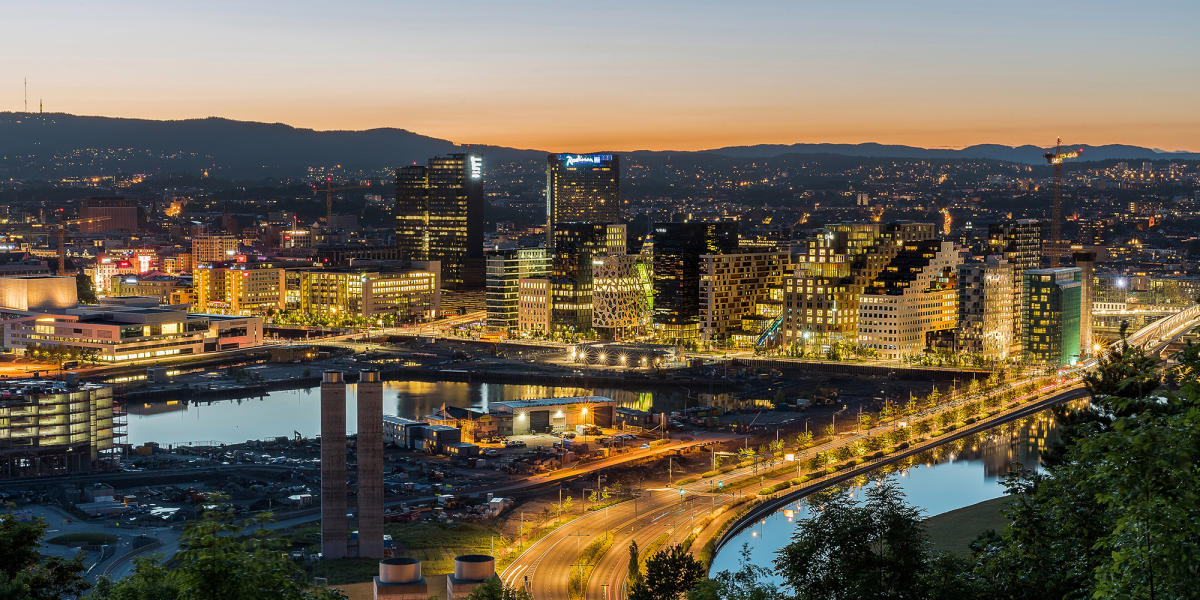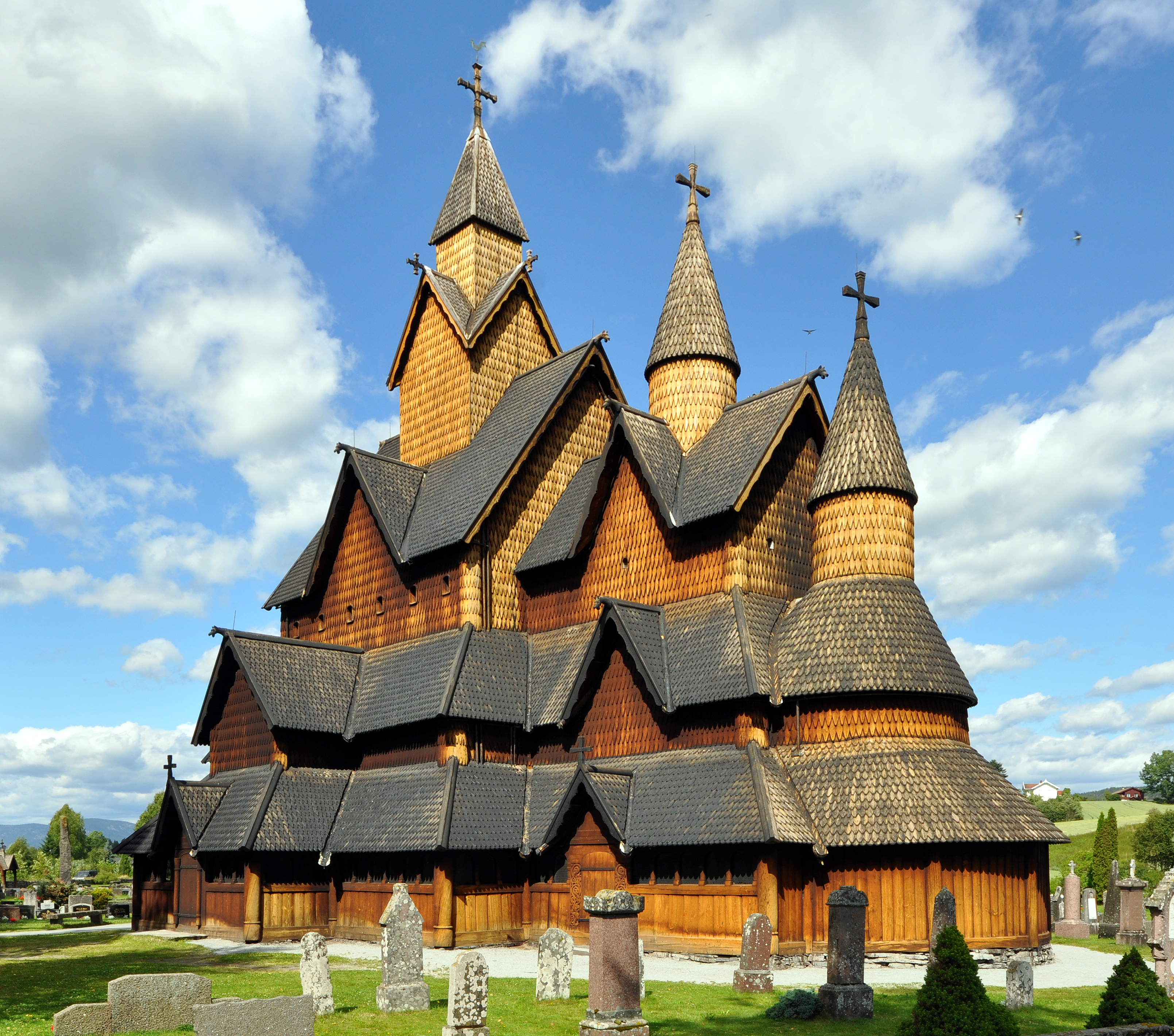I have had a keen
interest with Norway for quite some time now. I think it started when I worked
at Concordia Language Villages and was introduced to the Norwegian camp called Skogfjorden.
I worked at the Japanese camp, but one year, we had a girl who worked with us who
also had worked at the Norwegian camp. The first time I ever heard the Norwegian
language was when she read me the Norwegian version of the famous book
“Everybody Poops.” It was such a memorable moment for me.
The name Norway as
we know it in English comes from the Old English name for it: Nor∂rveg(r),
which roughly meant “northern way.” The Norse have two names for their country:
Noreg in Nynorsk, and Norge in Bokmål. (I’ll explain the
difference in a minute. Keep reading.) It was eventually Latinized as
Northuagia, Northwegia, Norwegia, Nortmannus, Norwei, Norwey, and finally
Norway.
Norway is located
in northern Europe and considered part of the Scandinavian countries. Its
western shore touches the Norwegian Sea, which is just east of the North
Atlantic Ocean and north of the North Sea (that’s really north!). Just across
the Skagerrak Strait on Norway’s southern coast is the country of Denmark. And
much of its eastern border is shared with Sweden. However, in the far north,
Norway wraps around the northern end of this region and borders Finland and
Russia. Norway also includes the islands known as Svalbard (almost due north in
the Barents Sea), the smaller island Jan Mayen (in the Norwegian Sea between
Norway and Greenland), and the island of Bouvet (in the South Atlantic Ocean
north of Antarctica). The Swedish border is lined with the Scandinavian
Mountains while the western coast is carved out with fjords and coastal
ravines. There are areas that experience permafrost all year round (not a place
for me), but the southern portions of the country enjoy some decent dry and
moderately warm summers. Norway is a haven for many animals that thrive in the
northern climes.
The earliest artifacts
of life in Norway were found along the coast. As the cultures and civilizations
grew and developed better weapons and tools, they also began to trade (and
start fights). Much of their subsistence was tied to fishing and the sea and
some agriculture. Starting in the 8th century, the Vikings became
the big thing. The Vikings were seafarers who also explored and traded, often
with force. In 872, Harold Fairhair (according to tradition) was the one who
united Norway and ruled as its first king. From about the 10th
century, the Norse philosophies began to give way to Christian ones. During the
mid-1300s, the Black Death killed off more than half of the population. Denmark,
Sweden (which also included parts of Finland at that point), and Norway entered
a union called the Kolmar Union. A little over a hundred years later, Sweden
left. Norway and Denmark actually remained together until 1814. Protestantism
was introduced during the mid-1500s. Norway was hit with several famines
between the end of the 1600s and 1800. The country decided to declare its own
independence in 1814 and named Christian Frederick as its first king. This was
a period of nationalism that followed this, which was when many of their
cultural arts started to expand. During WWI, Norway tried to remain neutral,
but Britain picked them for their team. They tried to remain neutral again in
WWII, but Germany invaded and picked first. Norwegian forces pushed the Germans
back and became allies with the UK and US. Oil was discovered in 1969. During
the 1980s and 1990s, Norway’s economy grew through a series of reforms set by
conservative policies, and all of their foreign debt was paid off. There were a
couple of terrorist attacks in 2011 and I remember watching it on TV. It was
done by some crazy dude that looks like the character Silas from The Da Vinci Code (Silas’ picture pulls
up if you go to Google Images and search for “guy from Da Vinci Code.”)
The capital of Norway
is Oslo, located on the southern coast along the Oslofjord. This city of about
a million people (according to estimated 2017 stats) was first settled around
the year 1000. However, it wasn’t established as the capital city until 1299.
Today, Oslo is a major world city and serves as a center for commerce,
government, education, and the arts. Several museums, galleries, and theatres
are found throughout this compact city. Not surprising, but winter sports are
quite popular in Norway, and there are several venues for skiing, ice hockey, but
also for football/soccer.
Norway is the
second richest country in Europe. It consistently ranked toward the top of
lists of stable, high-functioning countries. Using a combination of capitalism
and social democracy, Norwegians enjoy a high quality of life. Public
healthcare is free (for the most part), and there are no tuition fees to study
at the university level, even for international students (for the most part).
Parents even have 46 weeks of paid parental leave (which is about 46 more weeks
than the US offers), and the country generally has a low unemployment rate.
However, the cost of living is very expensive in Norway (Norway has some of the
highest gas prices in the world at over USD$9!), even though there are many
corporate headquarters in Norway, and it has a number of natural resources and
natural gas.
The Church of
Norway used to be the official religion, and the constitution still requires
that the king adhere to Lutheranism. Many people are still “affiliated” with a
church for its basic rites, but by 2010, those who attend on a regular weekly
basis have dropped to an estimated 2%. Roman Catholicism is the second most
followed denomination and a number of other denominations are found here as
well. As Norway became more diverse in its population, other Eastern religions have
also been represented here. Norse Paganism, and that especially of the Viking
Age, flourished before the introduction of Christianity. It was forbidden in
many areas, but it remained alive in some of its traditions, celebrations,
names of people, and names of days of the week.
Norway has two
official languages: Norwegian and Sami. And when it comes to Norwegian, there
are two versions: Bokmål and Nynorsk. While both are used in education,
government, churches, and the media, the vast majority of the people write in
Bokmål rather than Nynorsk (which are both only used for written Norwegian).
And many people speak a different dialect that differs quite a bit from the
written form. Norwegian is quite similar to Danish, Swedish, Finnish, and
Icelandic, and all of these are generally mutually intelligible. Many
Norwegians study English as a second language, but some choose French, German,
or Spanish instead.
The US state of
Minnesota has the largest population of Norwegians outside of Norway. I learned
about this when I used to work there during my summers. Many of their
traditions and names trace back to their Norwegian roots. You’ll also find a
ton of Lutheran churches up there, too. Norwegians have also had their hand at
exploring and relocating to other areas too, like Greenland and Dublin,
Ireland. The country has certainly contributed to the world of literature, art,
music, and politics. I’m pretty excited to learn about some of famous
composers, authors, and artists I didn’t realize were Norwegian.
Up next: art and
literature




No comments:
Post a Comment